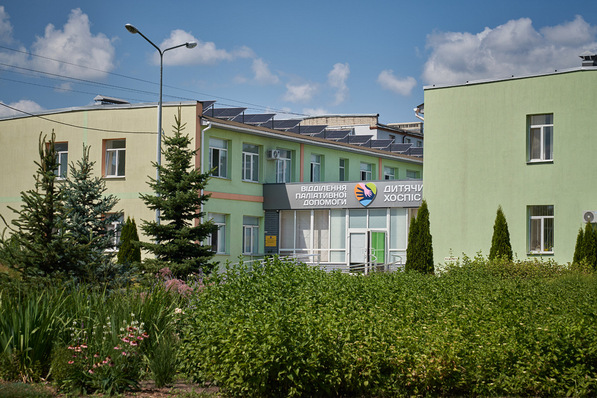The Nobel Prize in Chemistry 2019 rewards the development of the lithium-ion battery. This lightweight, rechargeable and powerful battery is now used in everything from mobile phones to laptops and electric vehicles. It can also store significant amounts of energy from solar and wind power, laying the groundwork for the decarbonisation of the economy.
Lithium-ion batteries are used globally to power the portable electronics that we use to communicate, work, study, listen to music and search for knowledge. Lithium-ion batteries have also enabled the development of long-range electric cars and the storage of energy from renewable sources, such as solar and wind power.
First Li-ion battery had great potential
The prize is shared between John B. Goodenough of the University of Texas at Austin, M. Stanley Whittingham, Binghamton University, State University of New York, both in the US, and Akira Yoshino from the Asahi Kasei Corporation, Tokyo, of Meijo University in Nagoya, Japan.
The foundation of the lithium-ion battery was laid during the oil crisis in the 1970s. Stanley Whittingham worked on developing methods that could lead to fossil fuel-free energy technologies. He started to research superconductors and discovered an extremely energy-rich material, which he used to create an innovative cathode in a lithium battery. This was made from titanium disulphide which, at a molecular level, has spaces that can house – intercalate – lithium ions.
The battery’s anode was partially made from metallic lithium, which has a strong drive to release electrons. This resulted in a battery that literally had great potential, just over two volts. However, metallic lithium is reactive and the battery was too explosive to be viable.
First commercially viable in 1985
John Goodenough predicted that the cathode would have even greater potential if it was made using a metal oxide instead of a metal sulphide. After a systematic search, in 1980 he demonstrated that cobalt oxide with intercalated lithium ions can produce as much as four volts. This was an important breakthrough and would lead to much more powerful batteries.
With Goodenough’s cathode as a basis, Akira Yoshino created the first commercially viable lithium-ion battery in 1985. Rather than using reactive lithium in the anode, he used petroleum coke, a carbon material that, like the cathode’s cobalt oxide, can intercalate lithium ions. The result was a lightweight, hardwearing battery that could be charged hundreds of times before its performance deteriorated.
Batteries have revolutionised our lives
The advantage of lithium-ion batteries is that they are not based on chemical reactions that break down the electrodes, but on lithium ions flowing back and forth between the anode and cathode. Lithium-ion batteries have revolutionised our lives since they first entered the market in 1991.
When Alfred Nobel created the Nobel Prizes, his wish had been to reward scientific advances with the greatest benefit to humankind, and having laid the foundation of a wireless, fossil fuel-free society, the work of Goodenough, Whittingham and Yoshino certainly qualifies. Also, John Goodenough – who is 97 years old and therefore the oldest person to receive a Nobel Prize – is still active academically and has in recent years been heavily involved in research into solid state battery technologies. This may be the next big leap forward when it comes to energy storage. Sadly, Nobel Prizes are never awarded posthumously, so his chances of a second prize are fairly slim.
Of course, lithium-ion batteries are not the only energy storage technology, where fundamental research is being conducted. (mfo)







